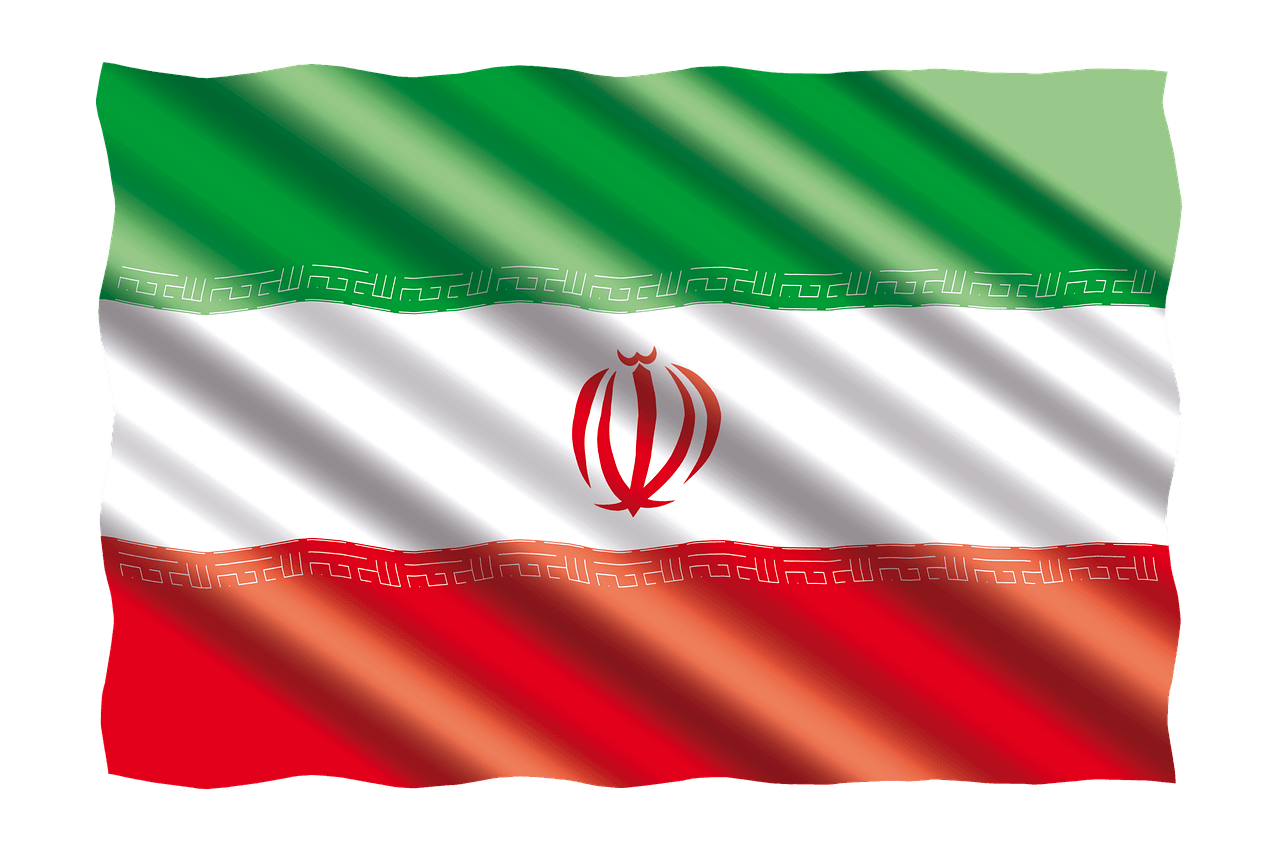After January’s protests were quelled, Iran has once again erupted in protests. The Iran rial value dropping has led to the biggest protests seen in capital city Tehran in years. At one point, large crowds even shut down Tehran’s Grand Bazaar, one of the city’s major economic centers, as protesters demanded shop owners shut down as part of the protest.
Monday, protesters marched to the gates of Parliament. Police attempted to disrupt the protests with what some sources claim was tear gas. Videos began appearing online Tuesday seeming to show clashes between protesters and security forces. Many have taken to the streets and social media to demand resignations from the country’s economic leaders.
Iran Rial Value?
The Iranian rial has fallen to new lows in recent weeks. It has lost half of its value in the past few months. According to the official conversion rate, 42,000 rials equals one US dollar. But on the Iranian blackmarket, 90,000 rials is the equivalent of one USD.
Change Coming in Iran?
In January, protests triggered by the economic situation and lack of freedom in Iran swept the country, but failed to take root in Tehran. Eventually, the regime was successful in quelling the protests.
Experts believe this week’s protests caused by the Iran rial value may be an early indication of serious change coming to Iran.
Abbas Milani, director of Iranian studies at Stanford University, told NPR:
“They have taken place amongst the regime’s hitherto reliable basis of support — the members of the bazaar and the working classes. For over a hundred years, strikes in bazaars have been harbingers of change and invariably the clergy were allied with these merchants. Now the ruling clergy are the subject of the merchants’ wrath.”
Not everyone agrees with Milani’s estimation of the situation. Mohammad Marandi, an American studies expert at the University of Tehran, was eager to point to the role of the US and President Donald Trump in the rapid inflation. He told Moscow-based Sputnik News:
“I’m sure that the Americans and the mainstream media are viewing every sign of dissent in Iran as a sign of revolution, and that is utterly misleading. I think it is overwhelmingly clear that Iranians are blaming the US government for [the devaluation]. It is creating a hostility toward the US government that I don’t think I have seen since the initial years of revolution. There is also an extraordinarily large amount of hostility toward Trump.”
Marandi went on to explain:
“If it didn’t take place through Trump, it would have been much worse because people would have blamed the Iranian government. But now, the government has the luxury of blaming Trump for this devaluation. It creates a potential for local industries and production.”
Other sources report the protesters have been chanting anti-government slogans and accusing the government of mismanagement. Many have been calling for resignations on social media. One Iranian tweeted, “Why doesn’t the economic team of the government resign? Why has no one dismissed them? Why aren’t they impeached?”
Is Oil to Blame?
Making matters worse, Tuesday, a US State Department official announced that the Trump administration will impose sanctions on allies who import any Iranian oil. This would come as an even greater blow to the already fragile Iranian economy.
Marandi explained to Radio Sputnik, “The devaluation of the rial is hurtful for Iranians. However, my personal opinion is that it was inevitable because oil-producing countries purposefully prop up their currency through the trade in oil. It distorts the economy and makes local production unsuitable, because wages go up while the relationship between the Iranian currency and foreign currencies remain the same, making locally produced goods more expensive.”
Some claim the Iranian people themselves have contributed to the economic situation. Fearing the rapid fall in the Iran rial value, many Iranians have withdrawn their money from their bank accounts and purchased dollars, euros, and even gold instead.
Since the government is valuing the rial at 42,000:1 USD for import companies, many Iranian companies have been able to acquire dollars at a cheaper rate. These companies are suppose to be using their less expensive dollars to import necessities. Instead, many are taking advantage of the situation and selling dollars on the black market.
Economic expert Assad Moradi explained:
“A few companies are getting cheap priced dollars from the government to import people’s necessities. But they are betraying people and their country as they are selling their dollar in the black market at a high price… Unfortunately, the number of companies committing these illegal actions isn’t low.”
According to Moradi, these companies are putting even further strain on the rial.
Government Response
President Hassan Rouhani addressed the protests Monday night. Appearing on state television, President Rouhani blamed the United States for Iran’s economic problems. He also said the protests were caused by “foreign media propaganda.”
Anticipating the possible economic fallout from new sanctions the US has planned to impose after President Trump announced a withdrawal from the Iran Nuclear Deal, Rouhani said, “Even in the worst case, I promise that the basic needs of Iranians will be provided. We have enough sugar, wheat, and cooking oil. We have enough foreign currency to inject into the market.”
The Iranian economy responded almost instantly to President Trump’s announcement that the US would be withdrawing from the nuclear deal negotiated under the Obama administration. The retail sector and buying power in Iran have both struggled as Iranians await new sanctions which should take effect November 4.
With the Iran rial value plummeting to all time lows, the Central Bank of Iran (CBI) announced they would be establishing a second currency market. The government will also be cracking down on foreign imports. More than 1,300 foreign imports will be banned in a bid to protect economic security.
It remains to be seen how much steam the protests will gain and how much pressure they will be able to place on the regime.




